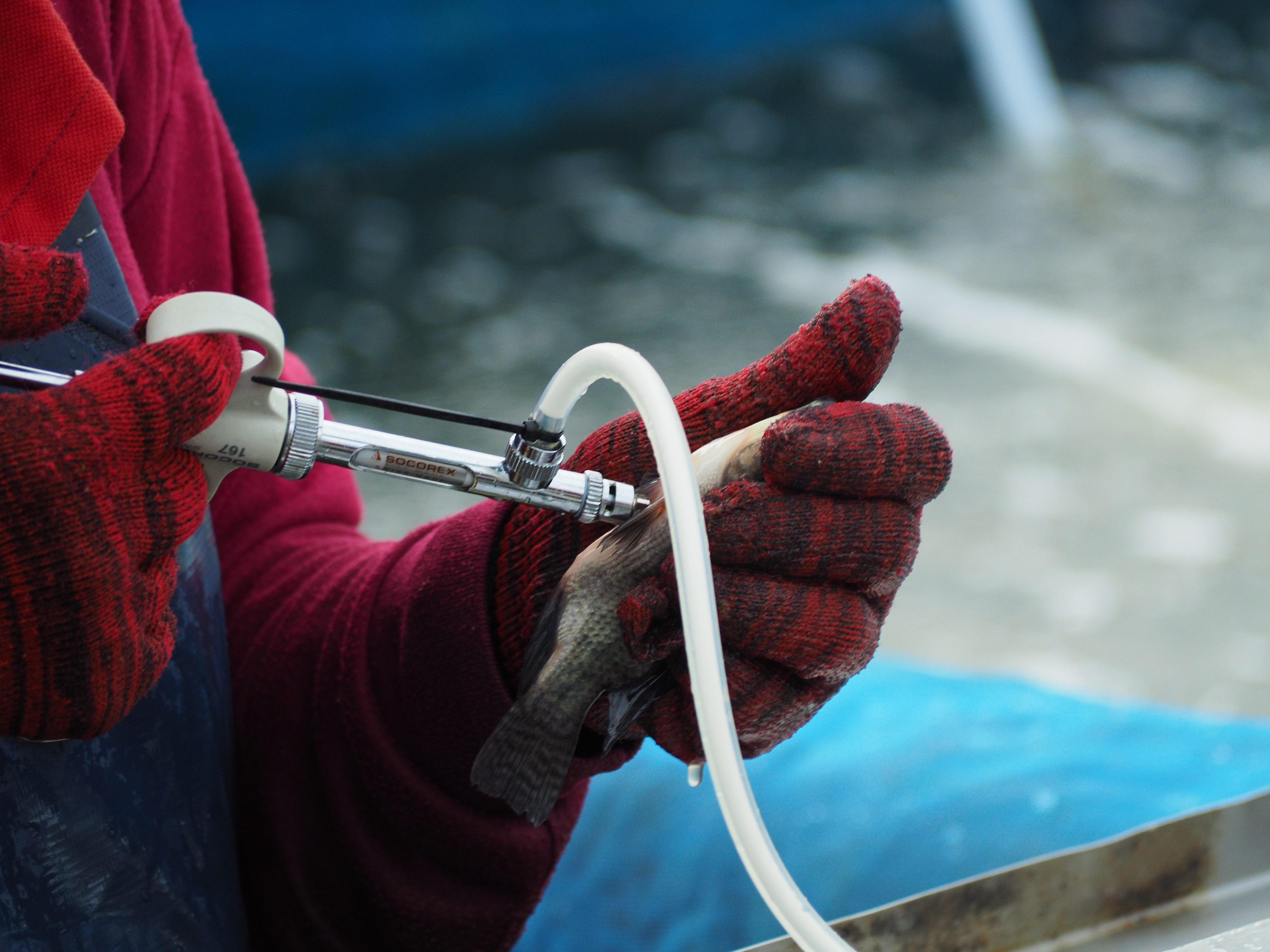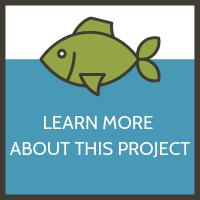
By Alaina Dismukes
As part of the growing Feed the Future Innovation Lab for Fish portfolio, a new project in Zambia aims to reduce aquaculture losses due to fish mortality from identified disease-causing agents.
The “Development and Investigation of the Delivery Mode of a Multivalent Bacterial Fish Vaccine in Zambia” project will help advance the understanding of the diseases impacting tilapia farmers in Zambia at Lake Kariba. This will be the first step towards vaccine development.
“Aquaculture has been globally recognized as the fastest growing food production sector and a tool for fighting poverty that involves intensification of fish farming,” said Bernard Mudenda Hang'ombe, the project’s lead principal investigator and University of Zambia professor. “This has led to increased fish diseases, which are observed as a major obstacle to the success of the industry. Zambia has not been an exception, as diseases are rising. As a result, vaccination is the most likely disease management tool to avoid antibiotic use and to help prevent antimicrobial resistance.”
Local vaccine formulation and delivery are the best tools for disease management, so understanding the diseases affecting tilapia is critical to the process of developing vaccines against major bacterial diseases.
“This will provide fish farmers with valuable tools to reduce loss and improve efficiency,” he said. “Through our work, we hope to reduce poverty and improve access to nutrient-rich fish, therefore, improving food security and the livelihoods of Zambians.”
According to Hang'ombe, the project came about after the increase of diseases in fish farms led to questions on how diseases can be prevented and controlled.
“In disease prevention and control, some farmers may be tempted to use antibiotics to try and mitigate the effects of disease,” he said. “This measure, although unverified in Zambia, may lead to environmental contamination and appearance of drug-resistant organisms. Thus, vaccine development could be the most likely measure to prevent the disease and loss farmers face.”
Initial attempts to develop an autogenous vaccine – which is a vaccine prepared by isolation and destruction of microorganisms to provide immunity to the infected animals from the local environment – showed promise and led to the project's conception.
“The main driving force behind this project came about when the quest to find alternative methods of controlling fish diseases based on sound economic, environmental, and ethical aspects led to the development of vaccines,” Hang'ombe said. “The identified organisms associated with sick and dead fish were found to be of bacterial origin and hence a possible vaccine could be developed as reported elsewhere in the world.”
The project team works closely with local farmers who have asked for their help in addressing disease prevention.
“After we identify the bacterial organisms associated with fish mortality, we will begin exploring vaccine formulation and development,” he said. “This initial project will hopefully lay the groundwork for advancement of a vaccine through possible product registration, administration method refinement, and vaccine adoption within the Zambian industry.”
The team hopes to produce a multivalent vaccine as well as an easier way of administering the vaccine.
“We’re excited for the project’s potential to produce a multivalent fish vaccine,” Hang'ombe said. “In other words, a vaccine that will provide protection against several disease-causing organisms or disease-causing strains could be developed. This has been done in other aquaculture sectors in other countries, so we hope to achieve this too by providing this desirable tool to Zambian farmers.”
Published August 18, 2021

